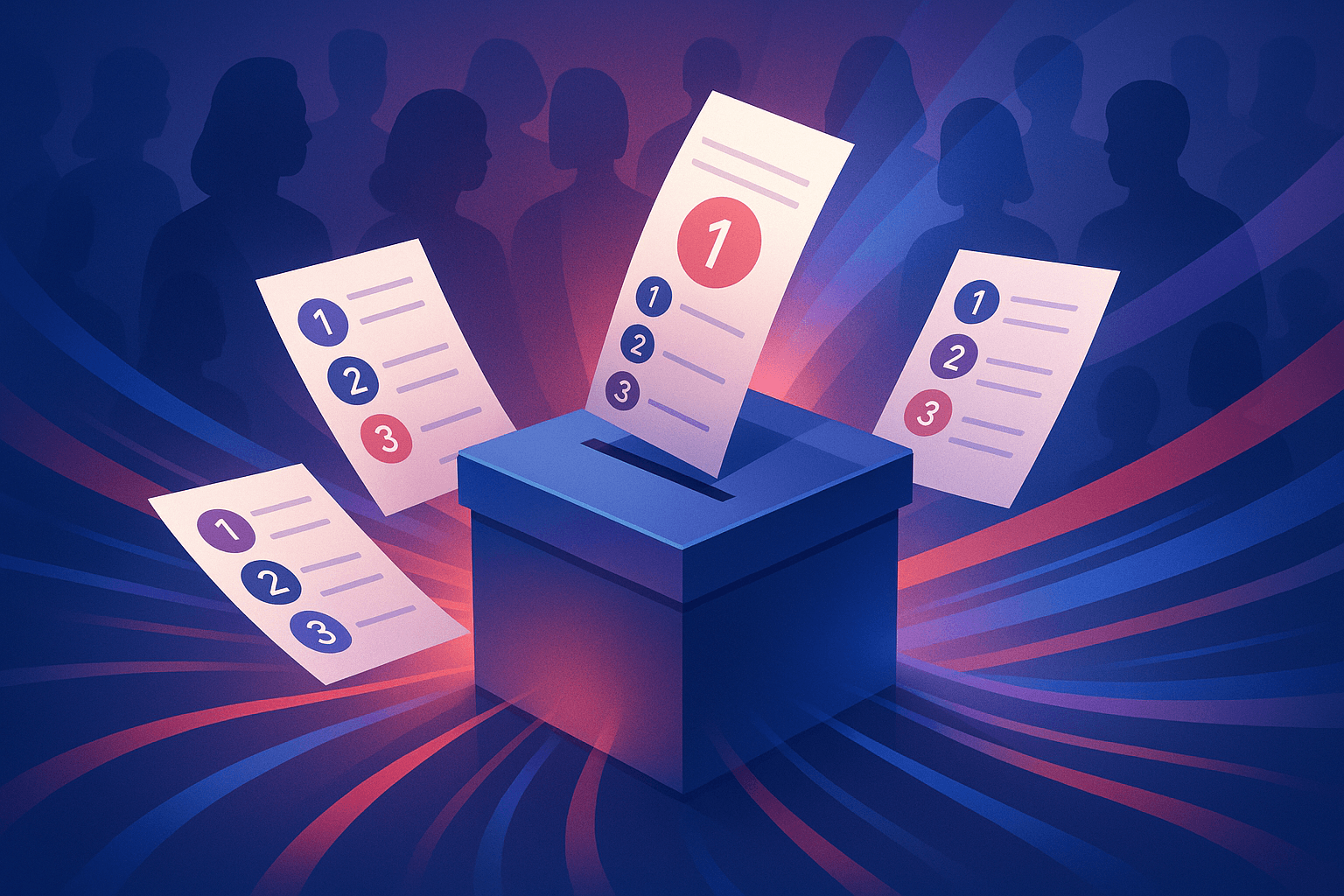Measure C Will Correct a Decades-Long Battle for Voter Rights in San Diego Schools

This is an independent opinion. Have one of your own? Write it! Email it to hoa@ivn.us
This November, San Diegans will vote on Measure C titled, "Charter Amendment: District-Only Elections for School Board Members." Measure C seeks to correct a decades-long battle for voter rights in San Diego Unified elections, establishing district-only contests for school board candidates, which will be consistent with all other San Diego elected positions. It will also bring the City Charter into compliance with California's Voting Rights Act of 2002.
In 1998, nearly 100 years after the establishment of the Charter, voters enacted district-only elections for San Diego City Council races. Before 1998, every voter in San Diego cast a vote for another district's City Council representative, also known as a city-wide election. The ballot measure of 1998 failed to address the same disparity for San Diego Unified elections and left a city-wide election process in place for San Diego Unified elections since.
In 2002, the California Voting Rights Act became law, making it easier for minority groups to prove their votes are diluted in at-large or city-wide elections. According to a recent update from the National Demographics Corporation, 400 municipalities have amended their charters to comply with the California Voting Rights Act since 2002. But, San Diego is not on the list.
San Diego Unified is the second-largest school district in California behind Los Angeles Unified. Yet, San Diego Unified holds the lone position as the only large school district that fails to comply with district-only elections.
Let's look into what has recently happened without district-only elections.
In 2016, education reformer LaShae Collins, a staffer of former Unified Trustee and California Assemblywoman Dr. Shirley Weber, ran for the open seat for Unified sub-district E against Whitehurst-Payne.
With overwhelming sub-district E support, Collins handily won in the primary, which is a district-only race. However, in the general election, where candidates then must compete in a citywide race, Whitehurst-Payne edged out Collins. Whitehurst-Payne was able to run a successful citywide campaign thanks to generous statewide financial support. In the general election, voters from La Jolla, Scripps Ranch, and Point Loma weighed in and reversed District E voter sentiment. By contrast, Collins grassroots financial support could not compete in the citywide race, being grossly outspent by Whitehurst-Payne’s overwhelming financial support.
Community complaints resulted in the San Diego County Jury convening on the matter of district-only elections. The Grand Jury reported their findings in a May 2017 report titled, "San Diego Unified School Board Elections, Time for a Change."
ALSO READ: Let’s Protect Our Right to Elect the School Board | San Diego Teachers Pull Double Duty
Recognizing the problem, the Grand Jury recommended that the City Council advance a ballot measure to address the district-only matter and also to send a future proposal to address term limits for school board trustees.
In what was argued as a delay tactic, the Rules Committee, then chaired by former Democratic Council President Myrtle Cole, sent the matter down to San Diego Unified, which has no jurisdiction over charter amendments, to survey parents of each of the five sub-districts for opinion. An Election Committee, formed by Trustees Whitehurst-Payne and Richard Barerra, was co-chaired by public policy groups based in the Bay Area.
Despite undeniable and overwhelming results that supported district-only elections and a maximum of two four-year term limits for trustees, the Committee instead recommended three four-year terms as the limit and ignored the district-only matter. Thus district-only elections, the very heart of the Grand Jury's findings, were again denied placement on the ballot as early as June 2018.
San Diego Unified's board approved the Committee recommendation for term limits of no more than three four-year terms for school board trustees. The Rules Committee agreed, and voters approved Measure H in 2018. Had Measure H been included the district-only matter two years ago, there would be no need for Measure C, and the three school board races in November may have different outcomes. And while that is speculative, the Grand Jury report of 2017 was crystal clear that candidates elected by the constituents they seek to represent would change the amount of money and influence required to compete in a citywide contest while employing an election process that complies with the CVRA.
With mounting frustration over distance learning, financial accountability, student and teacher safety, voters should carefully consider whether politics and special interests that have favored the status quo is ready for change.
What is certain is that the majority of students in California's second largest school district are people of color. And of that group, nearly half of all African American, Latino, and Pacific Islanders continue to fail to meet state testing standards in English language arts and math, according to the California Department of Education.
Both major political parties in San Diego have endorsed Measure C. Passage of Measure C will amend the city charter and result in district-only contests for San Diego Unified. That it has taken years for voters to cast their vote is of little surprise given the nature of San Diego politics. That it took 32 years, and multiple opportunities to address is unconscionable.
The fiscal impact on the city of San Diego could result in wasted taxpayer dollars defending the indefensible. With municipalities voluntarily moving to district representation in light of CVRA and legal challenges, San Diego will likely feel the financial impact if a legal challenge succeeds in court this January. Since the city refused to deal with the matter in time to address another election in 2018, the outcome of the November 2020 elections could also be challenged if the city loses the court challenge.
But the real tragedy lies in the state of public education in California that has been ineffective at bridging the achievement and opportunity gaps that plague our communities of color. Whether you see the problem as systemic racism or inefficient bureaucracy depends on whether you agree with the Grand Jury and countless parents, teachers, students, and community leaders that believe change is long overdue. For the sake of our kids, let’s hope politics takes a back seat to fix what qualifies as a civil rights issue of our time.




